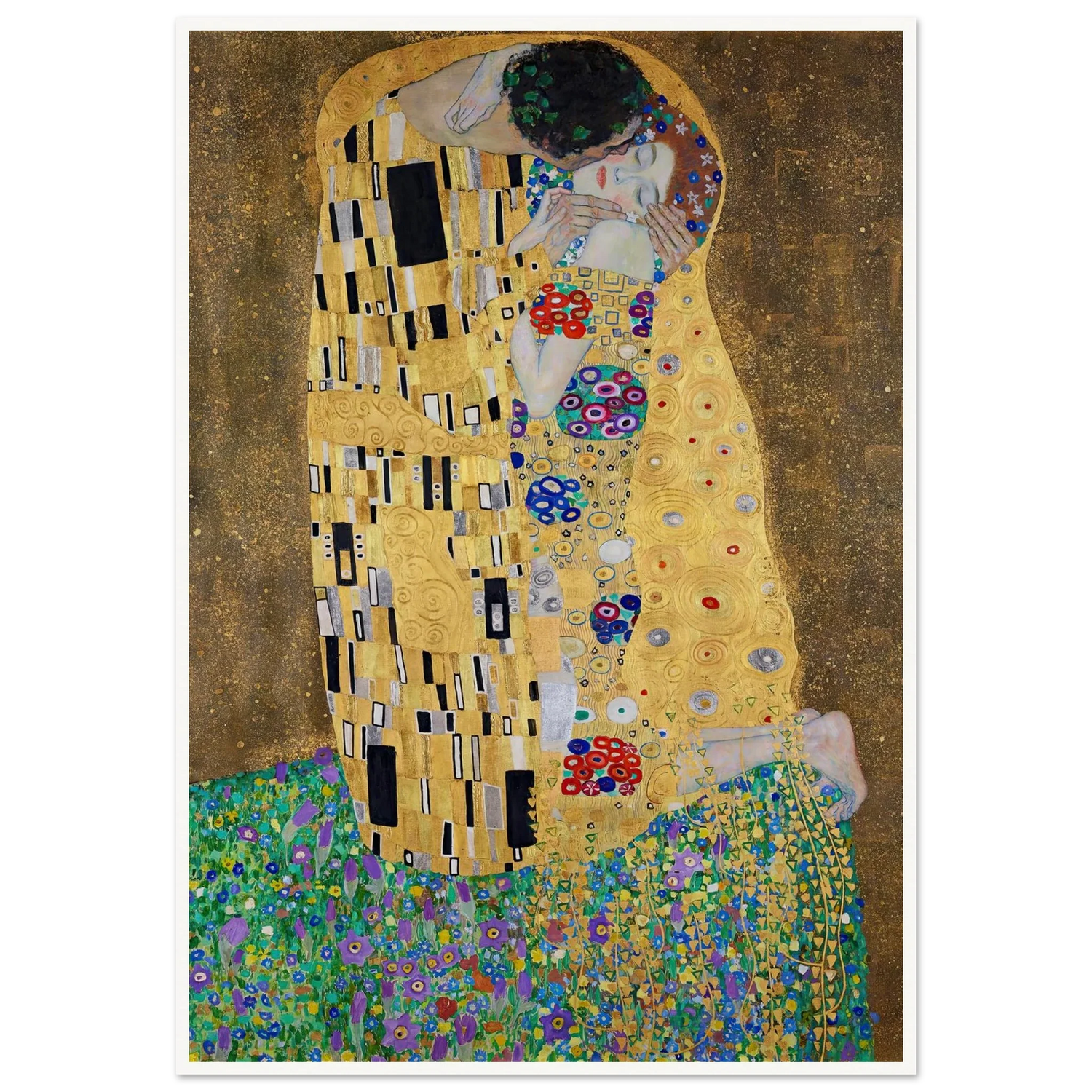Monet and the Art of Seeing Slowly
Share
Claude Monet’s work rewards patience. To look at a Monet painting is to confront time itself. His canvases are not meant to be consumed at a glance. They require observation, attention, and a willingness to inhabit subtle changes in light, color, and atmosphere. In a world that values immediacy, Monet teaches us the art of seeing slowly.
Consider Water Lilies (1916–19). The surface shimmers with reflections that shift depending on where one’s eyes rest. The flowers appear both distinct and blurred. At first, the observer may attempt to identify individual forms, to anchor the image in certainty. But Monet refuses this control. The pond is alive, responsive, and elusive. Time seems suspended. The painting is not about the lilies themselves but about perception, the act of looking, and the rhythm of attention.

In Impression, Sunrise (1872), Monet establishes the principles of Impressionism with deliberate restraint. The sun hovers over the harbor, its reflection fragmented into short brushstrokes of orange and gold. The water and sky merge through an interplay of blue and gray, dissolving edges and creating a sense of flux. Monet’s focus is not narrative. It is sensation. The harbor becomes a meditation on light, movement, and the fleeting moment.

Monet’s technique encourages lingering. The eye traces swaths of color without the promise of conclusion. In the Rouen Cathedral series (1892–94), the façade appears multiple times under varying light conditions. Each painting isolates subtle shifts in hue and shadow. Monet does not depict the cathedral as a static object. He renders it as a temporal experience, a study of perception over hours and seasons. The result is an intimate dialogue between the artist, subject, and observer.
The slow revelation inherent in Monet’s work mirrors human experience. It asks viewers to slow down, to perceive gradations of emotion and light. His landscapes, gardens, and urban scenes are exercises in patience and mindfulness. By attending to detail without demanding comprehension, Monet transforms looking into a form of reflection.

Ultimately, Monet’s genius lies in his ability to turn ordinary subjects into profound experiences of perception. Water, sky, flowers, and architecture become vehicles for a deeper understanding of observation itself. To see Monet slowly is to recognize the temporal rhythm of life and the nuances that escape hurried attention. His paintings remind us that vision is not merely physical but psychological. Seeing slowly is seeing fully.





